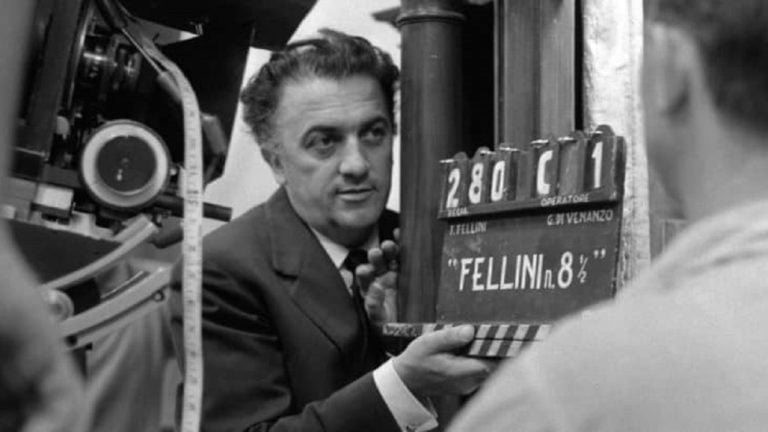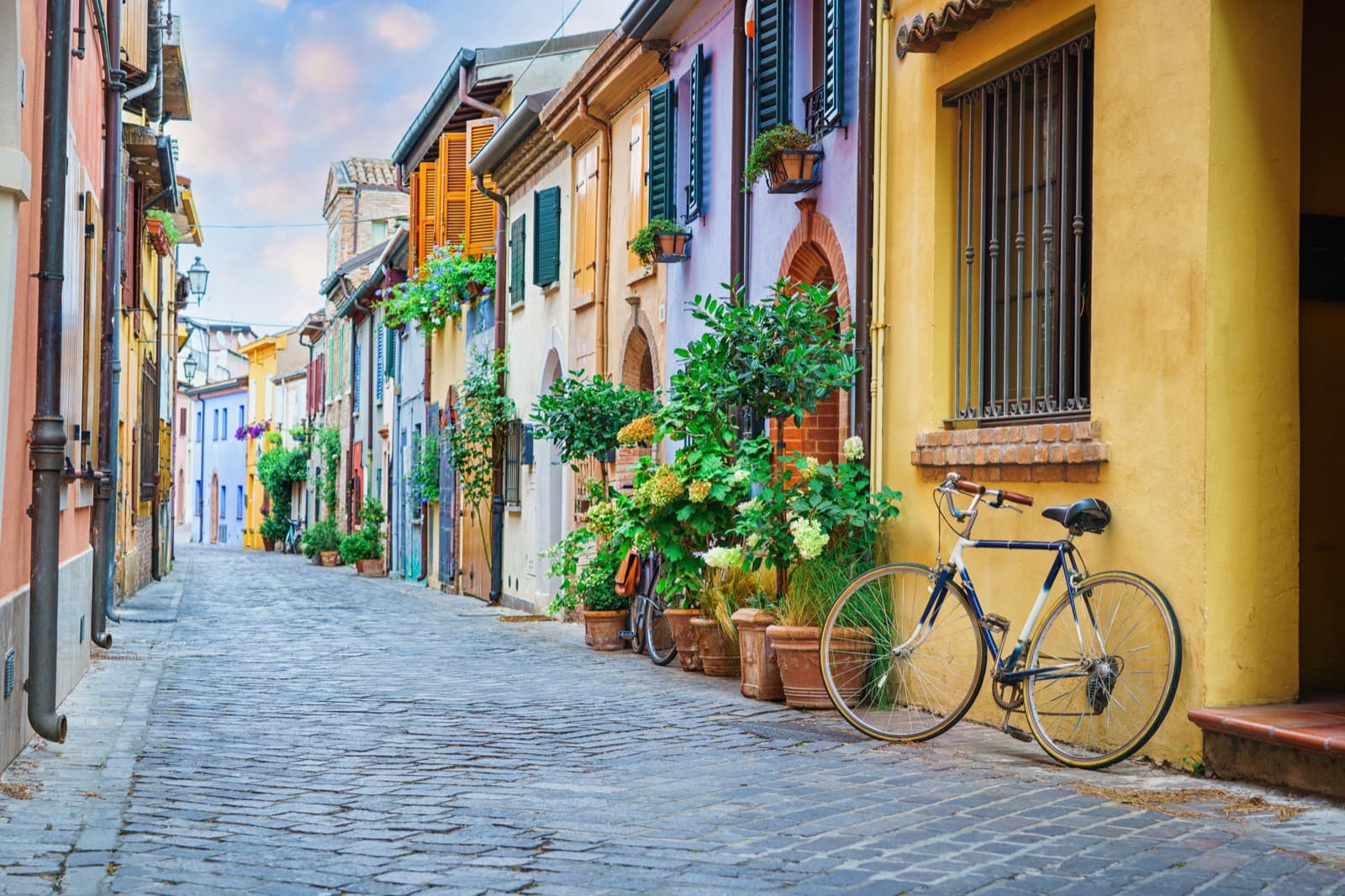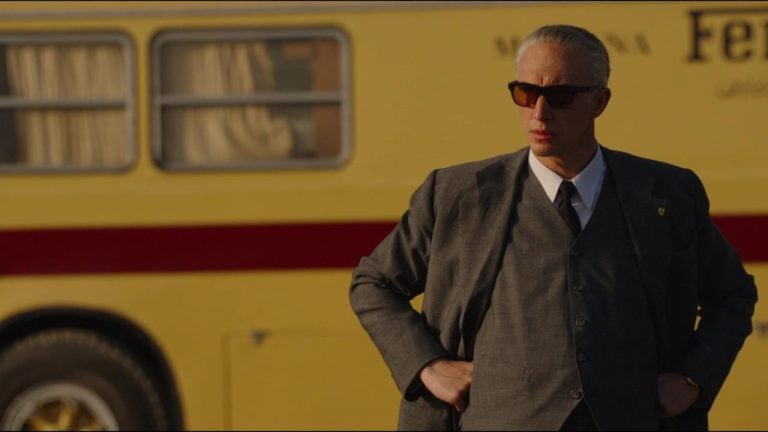Industrial archaeological sites, magical underground spaces, small medieval churches, stages in the woods between forests and peaks. These are the unusual places dedicated to art, cinema and entertainment that can be found along the Via Emilia.
Emilia-Romagna has a very high density of historic theatres – 117 theatres registered in 2023 by the Emilia-Romagna Cultural Heritage Sector – but there are also unusual places that combine the charm of the shows they host with the experience of a highly evocative atmosphere.
These range from the Modernissimo cinema in Bologna, a unique underground environment, to the Teatro San Matteo in Piacenza, a former medieval hospice church, from the fascinating industrial archaeological spaces of the Teatro Lenz in Parma and the Teatro Delle Passioni in Modena to the Teatro Sociale on the Po in Gualtieri, a theatre without a stage.
In Sarsina, the Plautina Arena is set in the woods overlooking the peaks of the Casentino Forest National Park; in Rimini, hearts beat faster when they enter the most famous cinema in the world, the Fulgor, an iconic Liberty building that inspired Federico Fellini to become a director; while in Sant’Agata Feltria, the Mariani Theatre is the oldest theatre in Italy made entirely of wood.
San Matteo Theatre in Piacenza
The church annexed to a medieval hospital
Around the year 1000, at the entrance to Piacenza, there was a hospital with a small church attached (1106), much frequented by pilgrims on the Via Francigena. The hospital was later incorporated into the convent of San Bernardo.
Today the church, which dates back to the year 1000 (it was a parish church until 1895), is the Teatro San Matteo, with a regular artistic season. It has been rebuilt over the centuries but retains its sacred architecture.
The space is intimate, reduced: 142 seats, with very close contact with the audience.
Lenz Theatre in Parma
A post-industrial space from the 1930s
An early 20th-century industrial complex on the historic outskirts of Parma has been transformed into the Teatro Lenz, one of Europe’s most prestigious venues for artistic production and research.
The building was founded in 1893 as a canning factory. In the 1950s it employed 110 workers, then it went into decline and was closed in 1976.
After 30 years of neglect, the factory has been restored as a place of culture and entertainment, respecting its original architecture: it is perfectly integrated in a district where the great glassworks of the end of the 19th century still operate.
Delle Passioni Theatre in Modena
The theatre in the former Enel building from the 1920s
The urban regeneration of a run-down area in the city of Modena has given rise to a space dedicated to culture and creativity. The former Enel building (1920s) now houses the Teatro delle Passioni, surrounded by the new Creativity Park with paths, seats, green pools and leafy trees.
The Teatro delle Passioni (140 seats, a mezzanine terrace with bar and restaurant) is one of the theatres of the Emilia-Romagna Teatro Ert / Teatro nazionale: a theatre spread over 5 cities (Modena, Castelfranco Emilia, Vignola, Bologna and Cesena) and 8 theatres for a plurality of languages and cultures.
Modernissimo Cinema in Bologna
A surprising, unique place
This is the definition of the Cinema Modernissimo, class of 1915, an iconic underground cinema under Via Rizzoli and Piazza Re Enzo, next to Piazza Maggiore in Bologna, reopened after 15 years of closure and 10 years of work, curated by set designer Giancarlo Basili.
The aim was to create a dream, as in the cinema. Today, this art nouveau jewel (capacity 360 spectators) is truly a hall for dreaming.
Plautina Arena in Sarsina (FC)
A classical amphitheatre among woods and mountains
The Plautina Arena is a large amphitheatre set among the woods and peaks of the Apennines: an extraordinary place of art.
It is located in Sarsina (in the province of Forlì-Cesena), the birthplace of the greatest Latin playwright Titus Maccius Plautus and the site of the Basilica of San Vicinius, a thaumaturge bishop and exorcist of the 3rd century.
Every year between July and August, the Plautus Festival is held here, attracting audiences from all over Europe. On summer evenings, a performance in this setting is a unique experience.
Fulgor Cinema in Rimini
An iconic cinema, a world cultural heritage
Celebrated all over the world, the Fulgor Cinema in Rimini is more than a cinema, it is a cultural monument. It is located in Palazzo Valloni, one of the venues of the Fellini Museum.
An iconic and dreamlike space, the Fulgor was a source of inspiration for Federico Fellini, who was enchanted by this cinema as a child. The maestro evoked it in several of his films, including Amarcord and Roma.
Built in 1914, it was reopened in 2008 after years of closure, with a set designed by three-time Oscar-winning set designer Dante Ferretti, who worked with Fellini on six films.
The cinema is open every day, often with morning shows.
Mariani Theatre in Sant’Agata Feltria (RN)
The oldest wooden theatre in Italy
The oldest wooden theatre in Italy is located in the heart of Montefeltro, in the village of Sant’Agata Feltria, 50 km from Rimini. Built at the end of the 17th century for the Marquis Orazio Fregoso, Lord of Sant’Agata, it has beautiful chestnut boxes and colourful original decorations. It is a small jewel of art, considered one of the most precious in Italy.
Find out more
Author
You may also like
by Davide Marino ///
Ferrari: the locations of Michael Mann’s movie
by Davide Marino /// December 22, 2023

Interested in our newsletter?
Every first of the month, an email (in Italian) with selected contents and upcoming events.



Social Theatre in Gualtieri (RE)
A 17th-century theatre without a stage
It is located in the 16th-century Palazzo Bentivoglio, which dominates the picturesque central square of Gualtieri, on the banks of the River Po.
After a thousand adventures and misadventures, the theatre was reopened in 2009, deliberately without a stage. Today it is an ‘inverted’ theatre, with the performers surrounded by the audience 360°.
A unique space: perfect for contemporary performances, but in the container of a fascinating historical theatre.
Find out more